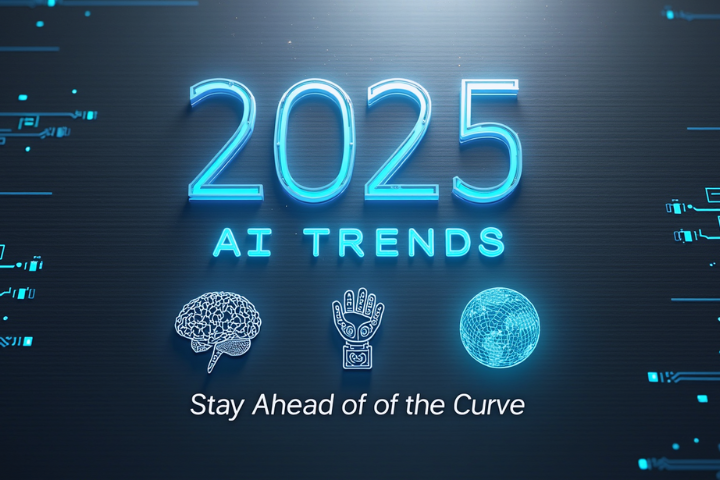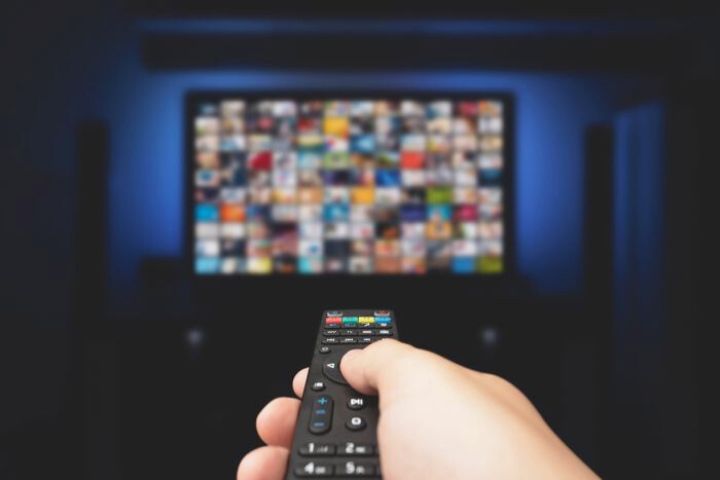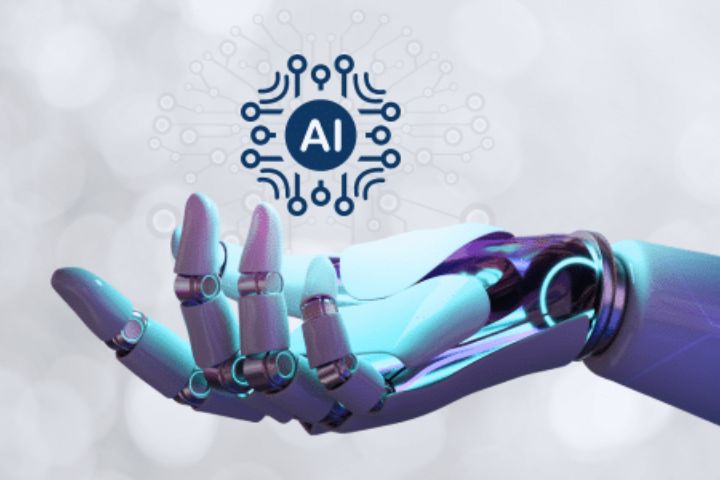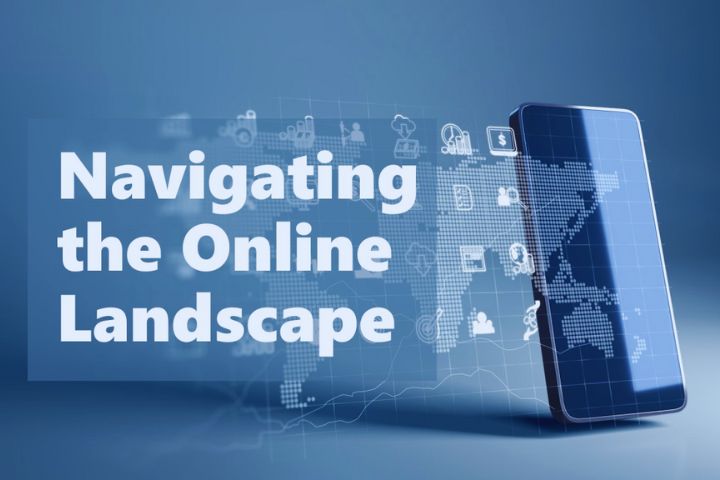Medical technology is an extensive field that covers various innovations that help to manage health in a better way. The role of biotechnology, information technology, pharmaceuticals, and different medical devices and equipment is quite significant in how medical technology is continuing to improve the health of people across the globe. One such innovation, which has been the talk of the hour recently, is Remote Patient Monitoring.
Remote Patient Monitoring or RPM saw several trials over the past decade, but its importance in the healthcare sector became more evident in recent times. This is a direct impact of the COVID-19 pandemic, which pushed healthcare providers to discover more ways to provide care beyond the usual methods. As the benefits of adopting RPM technology in the healthcare environment were already being analyzed, it made it easier for hospitals to implement the change.
According to Fingent, a top software development company providing services such as healthcare application development, With no signs of slowing down, it is estimated that in a couple of years AI is expected to grow annually at the rate of 48%. Other technologies along with mobile apps help in communicating with patients even after they leave the healthcare facility.
What Is Remote Patient Monitoring (RPM)?
Remote Patient Monitoring refers to a type of medical technology that allows healthcare units to monitor patients outside of the usual clinical settings. RPM involves using mobile medical devices in the home to gather patient-generated health data (PGHD) and transfer them to healthcare professionals. This not just helps to ensure easy access to care services but also works to reduce the associated costs.
RPM is a subcategory of home healthcare and telehealth. The data collected using RPM tools may include blood pressure, body weight, heart rate, oxygen levels, sleep quality, or vital signs of any specific condition. After the patient data is collected, the records are sent to the healthcare provider via a designated telehealth channel so that the doctor can recommend the follow-up treatment plan to the patient as required.
Different kinds of wearable devices, sensors, health apps, and chronic condition management solutions are used by RPM technology to transmit patient data to healthcare providers. When executed properly, RPM can facilitate virtual hospital visits and consultations, automate reminders for medications, educate patients about various ailments and their symptoms, and do a lot more. All of that can help to improve patient care and adherence to difficult therapeutic regimens while helping healthcare providers to recognize symptoms quickly that may need immediate medical attention.
How RPM Benefits Healthcare Providers As Well As Patients
Although RPM technology cannot entirely replace in-person care, it can surely help healthcare providers and patients in many ways. For instance, Remote Patient Monitoring can encourage patients to be more involved in their health management and care, which can work to eliminate the stress and costs of nursing and hospitalization. As the healthcare sector is facing many challenges to treat the rising number of COVID-19 patients today, implementing an RPM solution can come handy for early diagnosis and ensuring proper treatment.
Reports say that more than 88% of hospitals today either have invested or are planning to invest in Remote Patient Monitoring systems. A majority of healthcare organizations are also considering employing RPM solutions for managing the health of high-risk patients with chronic conditions. This also includes patients who are deemed unstable and at-risk for hospital readmissions or sudden ER visits. Besides, as people are staying away from hospitals due to the fear of contracting COVID-19, integrated RPM systems can help to provide timely care to patients with acute and chronic conditions.
Virtual care can help healthcare providers to avoid their patients from experiencing a relapse in their current conditions or from developing any new complications. Since people with chronic conditions are at an increased risk of being severely affected by Coronavirus, healthcare providers are required to take proactive steps to monitor such patients closely, and this is where RPM solutions can be of great advantage.
Read More – Innovative Ways To Leverage Patient-Generated Health Data
The Growing Need for Remote Patient Monitoring
The COVID-19 pandemic has also forced health clinics and hospitals to keep their patients out of the conventional care setting as much as possible. With the social distancing guidelines in place, patients often find themselves isolated at home and being cut off from their society and support networks. This isolation can lead to a decline in the patient’s health and even cause other adverse physical, mental, and cognitive conditions.
Poor sleep quality, depression, and impaired executive function in such a state can further take a toll on their health, and lead to debilitating health consequences. It can be even more serious for individuals who are self-isolating because of COVID-19 and have a chronic condition. They may find their conditions worsening quickly because they cannot keep in touch with their healthcare provider regularly. Remote Patient Monitoring can help to ease the burden by allowing the patient and physician to routinely monitor and manage the symptoms.
Using RPM solutions and virtual checkups can help to keep an eye on the vitals, stay on track of the treatment regime, and help to manage the condition actively. Remote Patient Monitoring programs can be integrated with in-home devices to help track daily biometrics with respect to the treatments and medications, monitor patients’ progress and compliance with the care program, and even adjust treatment modules regularly to improve the outcome.
Remote Patient Monitoring solutions can also avoid the need for manual data collection or data entry, which will help healthcare providers to make better medical decisions. In addition, the data collected with the RPM tools can also help to ensure timely interventions and reduce the likelihood of associated hospitalization. Doctors can also prioritize resources and medical attention to the conditions that need more care and support by analyzing patient data.
Enhanced patient engagement with the help of RPM devices allows individuals to be more conscious about their health conditions, which plays a crucial role in the overall management of their condition. Healthcare providers can also offer personalized care and attention to their patients using the data collected by Remote Patient Monitoring systems. This indicates that RPM technologies are encouraging hospitals and clinics to move to a more value-based care model.
RPM is believed to show more positive outcomes towards meeting the quadruple aim of improving patient experience, clinical outcomes, and lower costs. In the near future, RPM could revolutionize healthcare sectors.



![Top 10 M4uFree Movie Alternatives | M4uFreeMovie in 2022 [Updated]](https://www.techsplashers.com/wp-content/uploads/2022/03/Top-10-M4uFree-Movie-Alternatives-M4uFreeMovie-in-2022-Updated.jpg)








Leave a Reply